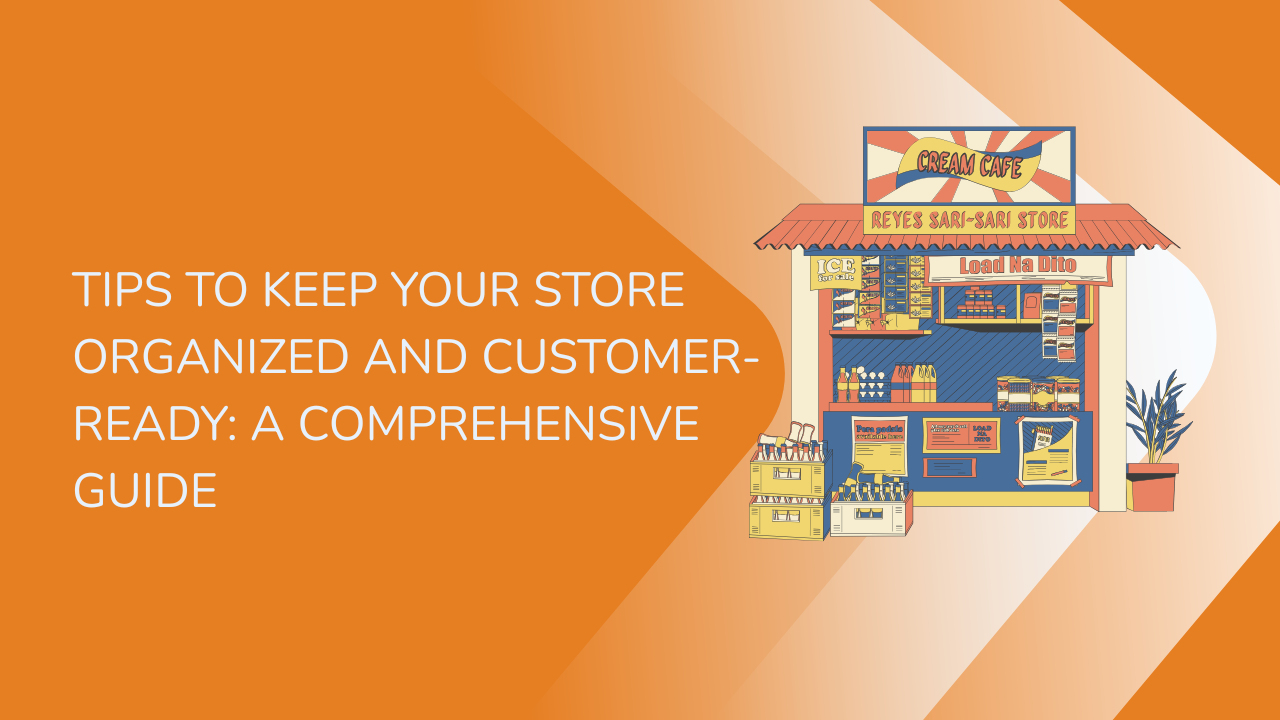Share this Article
In Nepal's fast-evolving online marketplace, e-commerce fraud has become a pressing concern. For businesses of all sizes—from Instagram sellers to large-scale e-commerce platforms—the risk of fraud poses serious threats to revenue and reputation. This blog will guide you through practical and locally relevant strategies to protect your online store from fraud.
1. Use Trusted and Secure Payment Gateways
Secure payment processing is your first and most vital line of defense. In Nepal, platforms like eSewa, Khalti, IME Pay, and ConnectIPS are commonly used and offer encrypted, reliable services. For international transactions, Stripe and PayPal are effective. Ensure your chosen gateway complies with PCI DSS and your site has SSL encryption for safe customer transactions.
2. Enable Multi-Factor Authentication (MFA)
Multi-Factor Authentication adds another layer of protection beyond passwords. Use OTP (One-Time Password) via SMS or email for account logins and checkout processes. It’s a simple but powerful way to stop unauthorized users from accessing sensitive data or making fraudulent purchases.
3. Monitor Suspicious Orders and Activity
Constant vigilance is key. Look out for unusual buying patterns like bulk purchases from new accounts, multiple failed transactions, or mismatched billing and shipping addresses. E-commerce platforms like Shopify and local builders such as Saauzi allow you to integrate fraud detection tools and set alerts for suspicious activity.
4. Always Verify Customer Information
Before fulfilling high-value or COD (cash-on-delivery) orders, verify the customer's phone number and address. Use Google Maps to validate locations and ask for additional ID verification for high-ticket items. These manual checks help filter out fraudulent buyers.
5. Implement 3D Secure (3DS) Authentication
3D Secure (3DS) adds an authentication step at checkout, such as OTP or biometric confirmation via a banking app. Enable this feature through your payment gateway (e.g., Visa Secure or MasterCard SecureCode) to prevent card-not-present fraud.
6. Use Fraud Filters and Transaction Rules
Set up custom rules on your e-commerce backend. For example, you can:
-
Flag orders over a certain value
-
Block orders from high-risk IP addresses
-
Require additional verification for first-time customers These filters automate fraud checks and save you from manual monitoring.
7. Educate and Train Your Team
Train your staff to identify social engineering tactics, phishing attempts, and COD scam behaviors. Knowledgeable teams can spot inconsistencies in orders or communications, reducing human-error-related fraud.
8. Provide Secure Shipping and Delivery
Choose reliable courier services in Nepal like DeliverySathi, Upaya, Pathao, or Aramex. Use features such as tracking numbers and signature-on-delivery, especially for expensive products. Offer insurance for high-value shipments and promote digital payments over COD.
9. Manage Chargebacks and Disputes Smartly
Keep detailed documentation of each order: invoices, customer interactions, delivery confirmations, and payment records. In case of chargebacks, this evidence is crucial to defend your business. Tools like Chargeback Gurus or simple Excel-based tracking can help you stay organized.
10. Publish a Clear and Fair Return Policy
Create a return policy that is visible on your website and covers timelines, proof requirements (like images or receipts), and refund eligibility. This not only protects you from fraudulent returns but also reassures genuine customers.
Conclusion
Fraud prevention is not just about technology—it’s about a strategy. From secure payments to informed teams and strong policies, each layer strengthens your defenses. In Nepal’s growing online market, building customer trust and ensuring safety are keys to sustainable success. By following these practical tips, you can grow your e-commerce brand with confidence.
Categories:
E-commerce Tips & Tutorials
Tags:
E-commerce
,
Fraud prevention
,
E-commerce fraud







